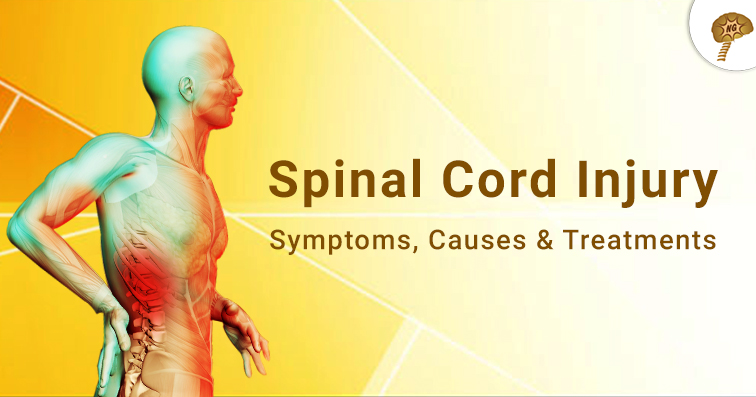
A spinal cord injury is a damage to the spinal cord or to the nerves attached to the end of it that causes temporary or permanent changes to its functioning. It is an extremely serious physical trauma that often has a long-lasting and significant impact on daily life.
Until recently, there was no way to heal the injury completely, with recovery sometimes being lifelong. However, a new treatment called stem cell therapy for spinal cord injury has become popular in the last few years.
What Are The Symptoms Of Spinal Cord Injury?
Some of the symptoms of spinal cord injury include difficulty walking, loss of bladder or bowel control, unconsciousness, inability to move arms or legs, inability to feel touch or pain in the body parts below the level of injury and severely compromised daily functional activities. The effects can include loss of muscle function, sensation, and autonomic function in the parts of the body that are governed by the spinal cord, below the site of injury. Depending on the location and severity of the damage, symptoms may vary, with mild weakness and numbness to complete loss of movement and sensations.
What Are The Causes Of Spinal Cord Injury?
The two main types of causes for spinal cord injury are traumatic and non-traumatic.
- Traumatic Injury: Traumatic injuries are caused by an abrupt hit to the spine which results in damage to one or more of the vertebrae, it may even sever the spinal cord. They can occur due to:
- A violent attack such as a gunshot or stabbing
- Trauma during a car accident, especially to the head, back, neck or chest
- A fall from a significant height
- Sports related injuries to the head or back
- Electrical accidents
- Severe twisting of the middle of the torso
- Non Traumatic Injury: Non traumatic injuries are the result of slow damage to the spinal cord due to infections, diseases and lack of blood supply. Some of the causes for this are cancer, osteoporosis, tuberculosis and transverse myelitis.
How Can Spinal Cord Injury Be Treated?
Currently, treatments focus on preventing further injury and restoring the functioning of the patient and allowing them to lead an active, productive life. At present, there is no way to reverse the damage to the spinal cord. Still, scientists and researchers are working on new treatments such as prostheses and medications which may be able to promote the regeneration of nerve cells or improve the functioning of the nerves following a spinal cord injury. Stem cell therapy for spinal cord injury is one of the new methods under consideration by researchers.
Stem cell therapy has shown a high success rate for treating spinal cord injury during clinical trials. At NeuroGen Brain and Spine Institute in Mumbai, over 500 patients have received stem cell therapy for spinal cord injury. A significant percentage of patients’ results showed improvements in almost many symptoms.
The process of stem cell therapy has some steps which are as follows:
- Bone Marrow Aspiration: The spongy tissue where the formation of blood occurs is the bone marrow, and it is situated inside the bones in the hips. The bone marrow is extracted through bone marrow needle injected into the bone under local anesthesia.
- Cell Purification: The second step of the process in which the bone marrow undergoes separation to isolate the stem cells from the rest of the tissue.
- Injection of stem cells: After purification, the stem cells are injected into the cerebrospinal fluid of the patient. From here the repair and recovery process begins.
There are some concerns about the safety of stem cell therapy. That is why it is best to consider safe and certified centers such as NeuroGenBSI to get it done.








